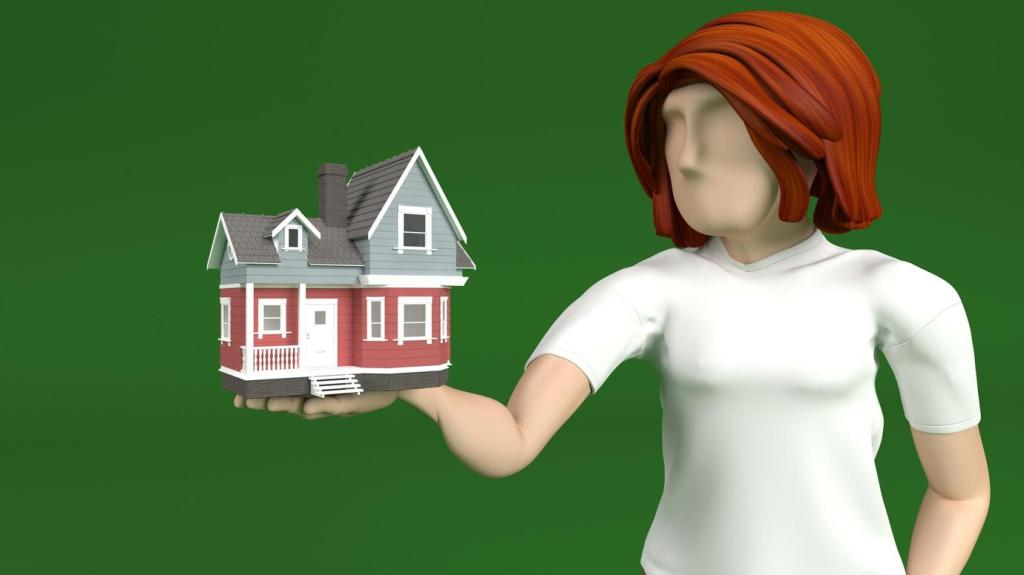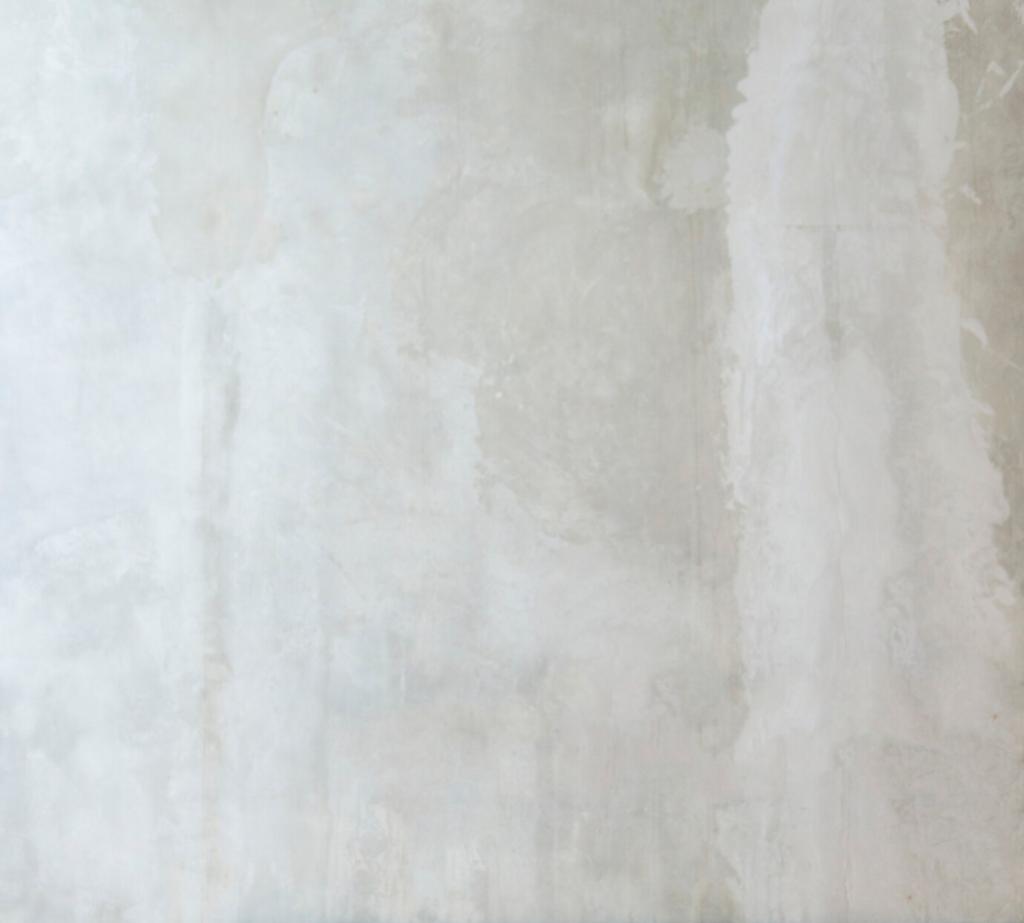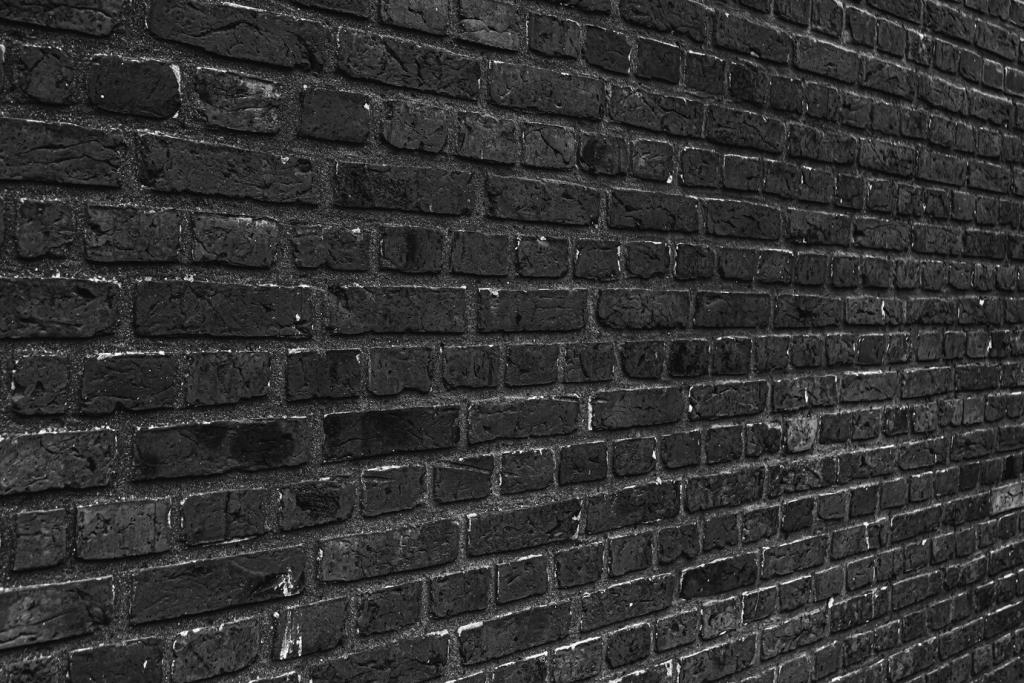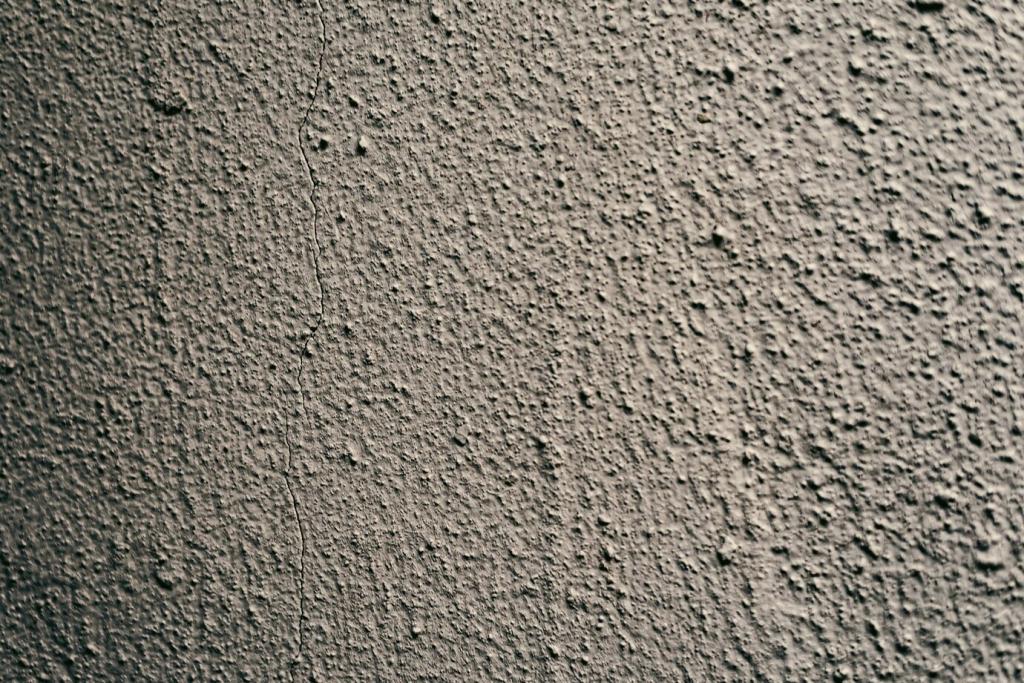Designing Rooms That Work and Breathe
Map the paths you actually take between tasks, then trim obstacles. A minimal living room might center on a conversation triangle rather than a television. Tell us how you route daily chores and where furniture helps or hinders.
Designing Rooms That Work and Breathe
Choose pieces that transform gracefully, like nesting tables or a bench with hidden storage. Favor clean lines and honest materials so flexibility feels seamless, not gimmicky, and let a single crafted detail provide personality without visual noise.










